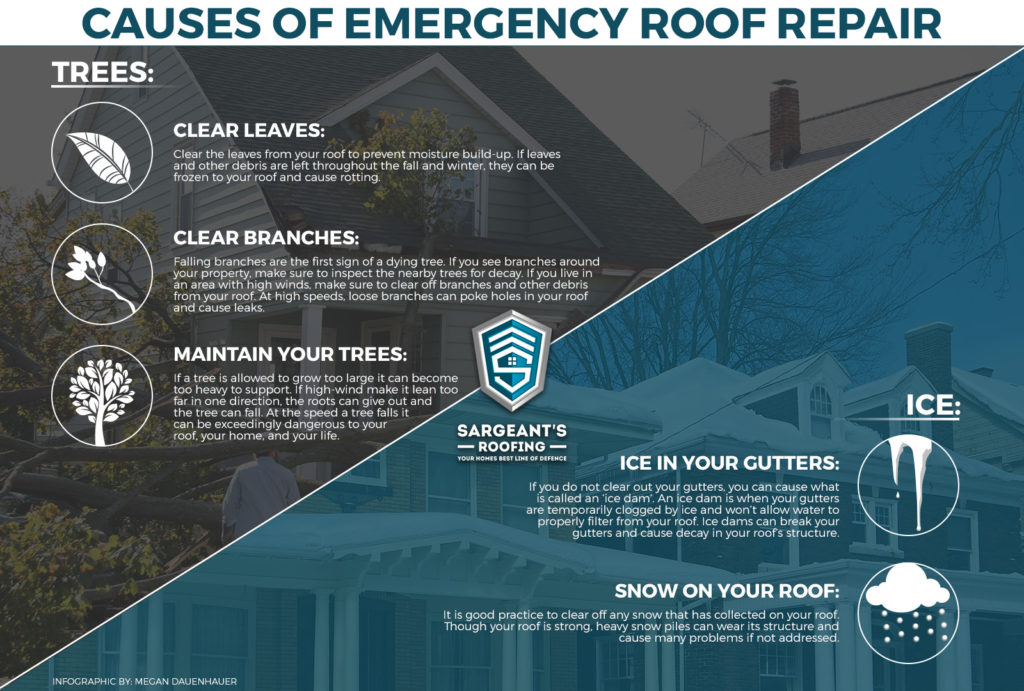The Function Of Weather Condition In Roof Covering Installment: Choosing The Right Seasons And Conditions For Success
The Function Of Weather Condition In Roof Covering Installment: Choosing The Right Seasons And Conditions For Success
Blog Article
Material By-Jantzen Drachmann
When it pertains to roofing installations, the weather condition can make or damage the task. Think of the aggravation of dealing with materials that will not comply because of severe warmth or fighting slippery surfaces triggered by unanticipated rain. Understanding the influence of climate condition on your roof covering task is important for an effective end result. So, let's check out how various climate components can affect the high quality and resilience of your roof installment, making sure a work well done.
Effect of Temperature on Roofing Installation
When it comes to roof installment, temperature level plays an essential duty in the process. The perfect temperature level for roofing tasks typically falls in between 45 and 85 levels Fahrenheit. Extreme warm can cause materials like roof shingles to end up being too flexible, causing potential damages throughout installation. On the other hand, cold temperatures can make materials weak and vulnerable to breaking. It is necessary to arrange roofing setups during moderate temperatures to guarantee the best outcome.
Throughout colder climate, professionals may require to take added safety measures such as using warmed devices or permitting materials to warm up prior to installation.
On the other hand, hot weather may need job to be done earlier or later on in the day to stay clear of the peak temperature levels. By taking into consideration the temperature level and its impacts on roofing products, you can aid ensure an effective installation that will certainly stand up to the components for years ahead.
Effect of Precipitation on Roof Covering Projects
Roof covering jobs can be significantly impacted by rainfall, influencing both the timeline and the quality of the setup. Rainfall or snow can develop slippery problems, making it hazardous for roofers to deal with a damp surface. Furthermore, wetness can compromise the bond of materials like tiles or underlayment, leading to potential leaks or problems in the future.
If it rainfalls throughout a roof covering job, the water can seep right into susceptible areas, causing hold-ups as the installment team must await the roofing to dry prior to continuing. Extreme moisture can additionally advertise the growth of mold and mildew, more jeopardizing the stability of the roofing system.
To prevent these issues, it's advised to set up roof covering projects during drier seasons or keep track of the weather prediction carefully to plan about any kind of possible rainstorms. By taking preventative measures to operate in positive climate condition, you can make sure a smoother and extra successful roofing installment procedure.
Impact of Wind Rate on Installation Success
Throughout roofing system installment, the speed of the wind plays an essential duty in determining the success of the job. High wind speeds can posture significant challenges to roofing professionals, possibly causing safety and security threats and top quality issues. When kitchen cabinet remodel san antonio surpass suggested restrictions, it ends up being tough to manage materials, raising the risk of accidents and damages to the roof covering products. Strong gusts can additionally influence the precision of measurements and the accuracy needed for appropriate installation.
To guarantee a successful roofing installment, it's essential to keep track of and consider wind rates. Ideally, roof covering installation must happen on days with reduced to moderate wind speeds. san antonio windows improves the safety and security of the workers however additionally enhances the overall high quality of the installation.
Roof jobs arranged throughout tranquil weather conditions are most likely to be completed effectively and with fewer mistakes. By taking notice of wind rate projections and intending appropriately, you can help guarantee a smooth and successful roof covering setup procedure.
Conclusion
So, when it comes to roofing system installation, keep in mind to take into consideration the weather to make sure a successful work. Optimal temperatures, dry problems, and moderate wind speeds are crucial variables to focus on for a smooth installation process. By arranging your project throughout the very best periods and optimal weather, you can attain a sturdy and durable roof covering that will shield your home for many years ahead.
